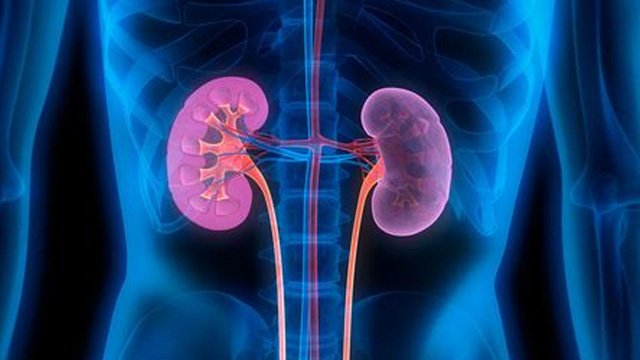The Diabetes Mellitus is a disease that produces high blood sugar levels (hyperglycemia). On a daily basis, glucose is used by the brain, muscles and other organs to obtain the energy necessary for its functioning, but if it exceeds normal levels it is accumulated in the blood causing damage to different organs.

The complications of diabetes (acute or chronic) seriously compromise the health of the patient, so it is vital that they are diagnosed in time.
Normally, the pancreas releases insulin, which is the hormone responsible for lowering blood sugar levels and incorporating glucose into the cell. There are several types of diabetes that manifest when the pancreatic islets cannot secrete insulin (Type 1 Diabetes Mellitus and in advanced stages of Type 2 Diabetes), when the levels of the hormone are not sufficient or when glucose cannot enter the cell because insulin functions improperly (Type 2 Diabetes Mellitus, Gestational Diabetes and others).
Table of Contents
Types of diabetes and their complications.
Depending on its cause and its mechanism of production, the Diabetes Association classifies this disease into several types, so it is important for the doctor to determine which type of diabetes is presenting in the patient, in order to select the appropriate treatment.
Type 1 Diabetes Mellitus.
It is an autoimmune disease that is produced by the destruction of the cells of the pancreatic islets (responsible for producing insulin). Formerly, it was believed that it manifested itself only in children and adolescents.
However, new techniques (such as the detection of antibodies in the blood) have determined that it can also appear in adults. Its treatment is based exclusively on the use of recombinant human insulin, since the patient requires external insulin to live.
The most important acute complication, with which patients with type 1 diabetes often start, is diabetic ketoacidosis, consisting of a toxic state in which the blood becomes acidic due to excess ketone bodies.
This occurs in periods of prolonged fasting or due to excess glucose in the blood. Ketoacidosis causes nausea, vomiting, abdominal pain, severe dehydration and, if left untreated, can be fatal due to the extreme acidity to which the body is subjected.
Diabetes mellitus type 2.
It is characterized by the progressive loss of insulin secretion by the cells of the pancreas. Overweight, obesity, sedentary lifestyle and poor eating habits generate insulin resistance, preventing insulin from working properly, which causes glucose to not be able to enter the cell and remain circulating in the blood.
This hyperglycemia in turn generates a new stimulus to the pancreas that makes it secrete more insulin than necessary, so that over time the pancreatic reserves of insulin are depleted.
In earlier times it was believed that this type of diabetes occurred only in adults, but it is increasingly diagnosed in children, especially in obese people. Type 2 Diabetes Mellitus is treated with diet, oral hypoglycemic drugs, and exercises. However, in advanced and terminal stages, the use of insulin is necessary.
Its main acute complication is the hyperosmolar state, which occurs in a decompensation that conditions a state of dehydration, increased osmolarity of the blood and neurological alterations that can reach brain edema.
Gestational diabetes.
It is the hyperglycemia diagnosed from the 24th week of pregnancy, in a previously healthy patient. The complications of diabetes gestational include preeclampsia, fetal large (macrosomic), preterm birth and abortions.
Other types of diabetes.
There are other types such as neonatal diabetes (diagnosed in the first 6 months of life); MODY type diabetes (diabetes of old age in young people) that has a genetic cause and behaves like type 2 diabetes, so it can be treated with hypoglycemic drugs. Finally, diabetes induced by drugs and chemicals (such as steroids used in chemotherapy and organ transplant therapy).
Chronic complications of diabetes.
If not treated properly, all types of diabetes have the same chronic complications. The main ones are:
- Diabetic retinopathy(loss of vision, glaucoma, retinal detachment, and total blindness).
- Diabetic nephropathy(chronic kidney disease that requires dialysis in the end stages).
- Diabetic neuropathy(cramps, tingling, involuntary movements of the muscles and alterations in sensation).
- Diabetic foot(infection of the skin and soft tissues due to hyperglycemia and alterations in sensation that promote repeated trauma to the foot).
- Obstructive arteriopathy(changes inside the blood vessels).
- Cardiovascular diseases.
- Recurrent urinary and genital infections.
- Diabetic arthropathy (deformation of the bones of the foot).
